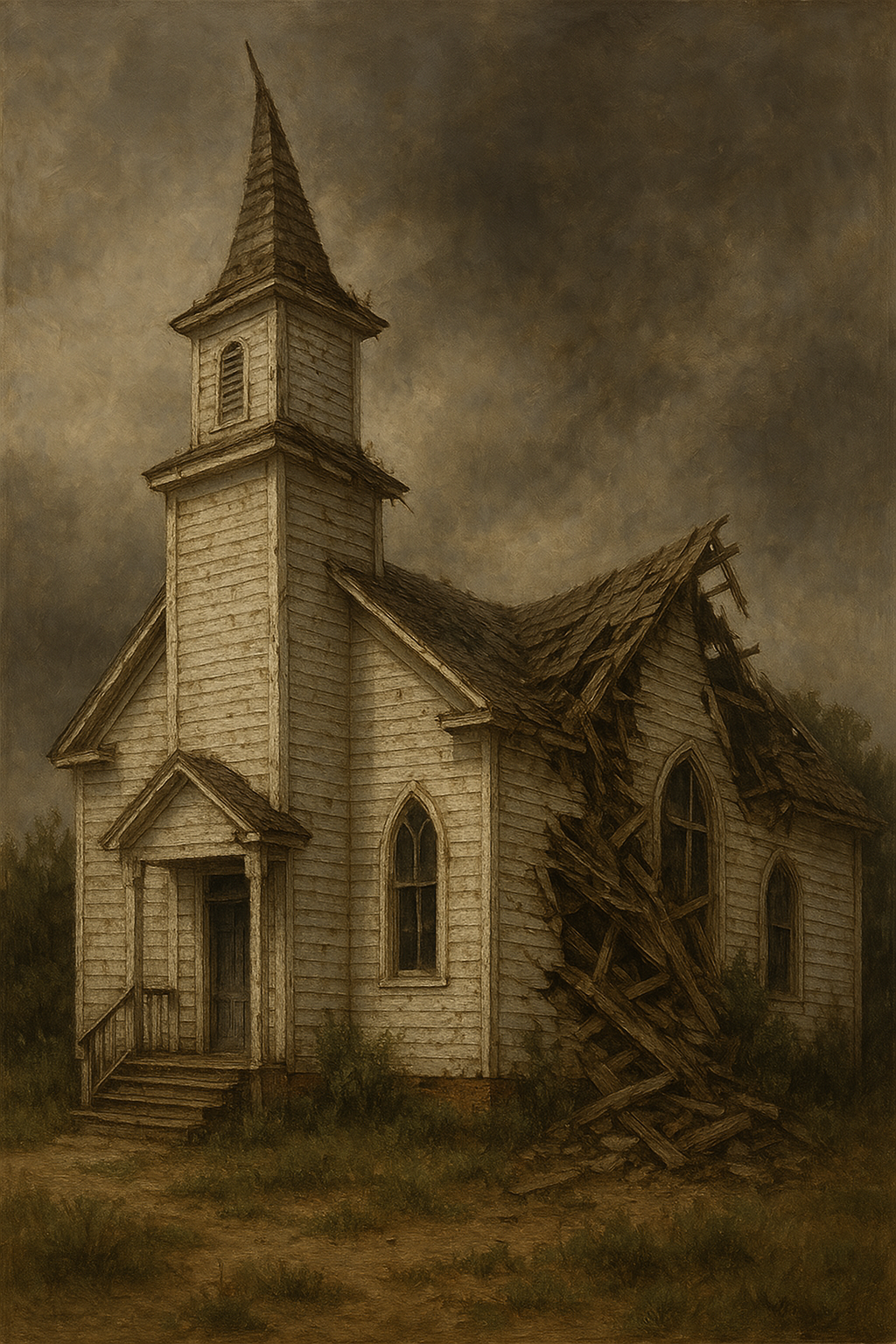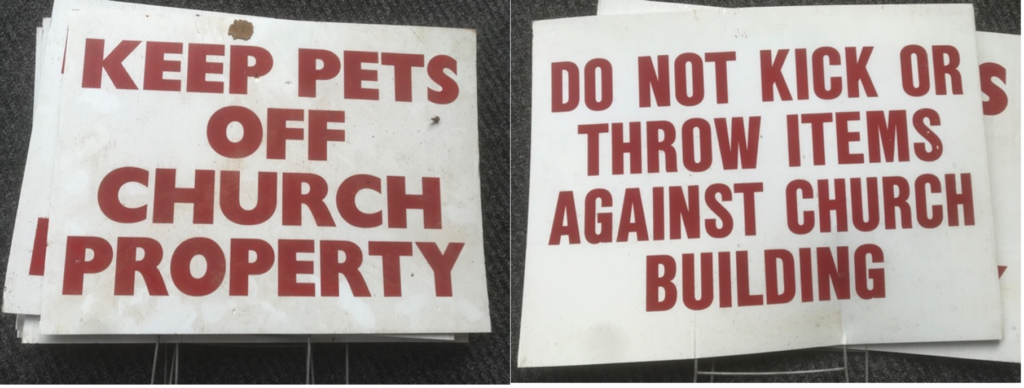Physical Address
304 North Cardinal St.
Dorchester Center, MA 02124
Physical Address
304 North Cardinal St.
Dorchester Center, MA 02124

The “Deacon Board” in many old SBC’s functions as ruling elders, with the pastor holding the title of elder/pastor. In practice, the Pastor was/is often the CEO, with the deacons holding veto authority (usually subject to approval also of the congregation at large) and the ability to vote the pastor out if need be. Business meetings were high drama in those types of churches. In a “healthy” church the pastor and deacons would simply run thru business with quick voice votes. If you really started discussing issues and voting, typically everyone got quite nervous. In normal circumstances deacons would work with the pastor to help support the pastor’s vision and mission for the church, and/or working to lead several committees for various purposes (e.g. missions, Christian education, children, etc.). Again, the ultimate ruling body was the congregation as a whole voting – and as was common, we were a real democracy voting on everything: literally including paint colors. Our small church was old in every sense of the word. Old building, a membership (and attendance) with average age over 70, more widows than families, zero children in the nursery, averaging less than one baptism per year, the red carpet seemingly required by SBC churches in the 1970s, a failing roof, a leaky basement, etc. At the same time, some of those folks truly loved the Lord and we were right in the middle of downtown growth-town USA, near the Research Triangle Park, NC. Economically, geographically, and environmentally we should have been busting at the seams as a church – but we were dying. (Or maybe we were already dead.)
We were dying for lots of reasons. First, despite being in the center of a growing town, our church was old and unwelcoming to both newcomers and the community.

Our town had several evangelical megachurches in reach, including both an Elevation campus nearby and more than one Summit Church within 20 minutes driving distance, and they were pulling young people in by the thousands. But not all the small churches were disappearing. In an area with a median income over $100,000 in 2018, a congregation doesn’t have to be that large to support a pastor when the building was literally paid for 100 years ago. What you do need is a church that is functioning, and we didn’t have that. What we didn’t understand was what exactly wasn’t functioning and why.
To compound our issues, one week after the election the pastor of some 16 years decided to retire at the conclusion of his sermon (without telling the deacons beforehand). The deacons immediately found ourselves unprepared and in a big mess. We prepared a list of some 75 items that needed our immediate attention – everything from our empty pulpit to empty checking accounts to leaky toilets to missing entire HVAC units and a leaky roof along with chimney bats.
What was very surprising to us was that many of the remaining members had no idea that the church was even distressed until another new deacon who is an accountant started unpacking the financials. For years, the congregation had been presented with the usual theologically wrapped platitudes that churches hear rather than the truth. “Reach out in Faith!” – Budgets were presented with planned expenses only, and no mention of income (historical or projected) to offset those expenses. The congregation was asked to vote on spending only, with a single page high-level budget prepared by the “finance committee” who was just the treasurer. They would talk a great deal (and then spend a few times over) their “fund” from a deceased member that provided a few thousand dollars per year. A dozen or more families had left the church in the preceding decade, but they were without exception painted as the problem by the few families that were controlling the church behind the scenes. Emails we found later would seem to indicate they had basic questions and concerns about the church, but their reply was stereotypical: 1 John 2:19 was even used as a poor excuse in church communications: “They went out from us…” the congregation was told, because they weren’t the truly faithful. This sort of “soft shunning” or running off congregants who aren’t toeing the line is likely a stand-in for proper church discipline (discipline for the member as well as the church) – but instead of reconciling people back to the fold, it simply pushes people away.
As a new leader, I was suddenly given access to things that I would have never imagined. Our roster had 200-300 more “members” than actually existed (comically and anachronistically stored on a MS-DOS computer from the early 1990s that was still in the church office), some of whom were dead, others who had moved towns, and still more we found out had loudly and angrily left the church under less-than-friendly terms (we found their letters later), but because the SBC wants churches to report annual attendance and membership they were never removed from the church’s official roles. At a minimum, we were a church in suspended animation. So frozen in time were things that when we tried to turn on the heater for the baptistry, it literally caught fire, and our building (with no fire suppression or even fire alarms) was saved only by another deacon who saw the smoke. We found out later it was a heater from 1948. There was no accurate financial information available aside from bank statements and cancelled checks. When we dug in, we found that the treasurer had been writing checks to her son and herself for years. We found where the previous pastor had been evicted from the parsonage, which was then sold to pay for the recently departed pastor’s part-time salary, along with the church van. A parking lot arrangement had been made with the town where the town paved and then controlled our parking lot except on Sunday mornings – meaning week-day activities had us parking blocks away, a further impediment for young families wanting to use the church during the week. Indeed, we even found that the pastor had simply been rotating thru sermons from years back – simply having the secretary rewrite programs with new dates. In short, decades of bad practices and behaviors became our inheritance.
People became openly frustrated and angry as this all came to light. Unlike any other church I’ve been to before or since, these people were hurting and angry, untrusting and bitter. Yet the few faithful still came. As a deacon board we could see the obvious advantages of being in a downtown growing community, and we wanted to find a path to get the church going again, a vision the church shared (at least publicly). But we had no pastor and no leaders with any real useful background in church revitalization. At this point, I started coursework which is culminating in this paper and website at Westminster Seminary, PA – but that was a journey which I knew would take years. And we had only weeks or months of cash to keep going.
Money was just a symptom. The root causes were much deeper – and just as obvious.